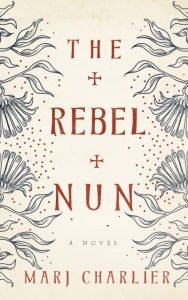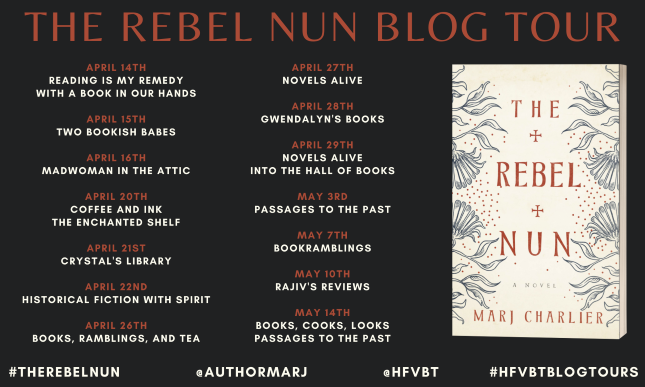
But reading, itself, is one way for a writer to stay up with trends, attitudes, habits, and vocabulary that have proliferated since us baby-boomers sped through the decades of our youth. I have no children or grandchildren to keep me current, and my nieces all live at least 1,200 miles away.

And, because I am over 65 (I don’t think it’s necessary to be more specific), the accusation of anachronism is perhaps the most reasonable. Telling (or suggesting to) readers what they should or shouldn’t like, what writers should or shouldn’t have written, what browsers should or shouldn’t consider, I can easily be accused of bias, pedantry, cultural myopia, stupidity, and, in general, being out of touch with what’s going on in the world.Īll of those indictments are at times valid. Reviewing books carries the risk that a critic of any medium must bear. Since I am a writer of fiction, this is a pedagogical excuse: I learn so much about writing by reading. I don’t get paid for these reviews but writing them helps me think through how I was intrigued, challenged, repulsed, or entertained by the book in hand. I write four to six each month for a book review site and for my website.

One way I try to assuage my guilt is by writing book reviews. I sometimes feel like a delinquent for the hours that I spend sitting on my couch under my reading lamp, my cellphone at my side and my feet up on the coffee table. This book was a wonderful chance to step further back into the past than historical fiction commonly allows, and I highly recommend it.By Marj Charlier | Contributing ColumnistĮvery month, I read six to eight books, mostly fiction, but sometimes as many as two non-fiction. With every page, I felt as though I bore witness to what might have happened. If anything, it’s a reason to keep going.

Knowing the ending, though, is not a reason to put down the book. Clotild already knows what happened, and we as readers can very likely guess what the ending of her tale will be. The book is told in hindsight, which gives it a meditative, mournful quality. From a brief, fragmentary history, Charlier has spun out a possibility of her story, told from her point of view as she rebels against a system that would keep her and her sisters silent in the face of oppression. Such was the case for Clotild, a Gallic nun of the sixth century. Those who attempted to fight back were crushed, sometimes brutally.

Some fortunate few were able to escape this narrow world proscribed by Christianity, but the vast majority had to find their contentment where they could, trying to make lives for themselves out of what little they were given. In the Middle Ages, women had three choices for how to live their lives: marriage, prostitution, or the cloister.


 0 kommentar(er)
0 kommentar(er)
